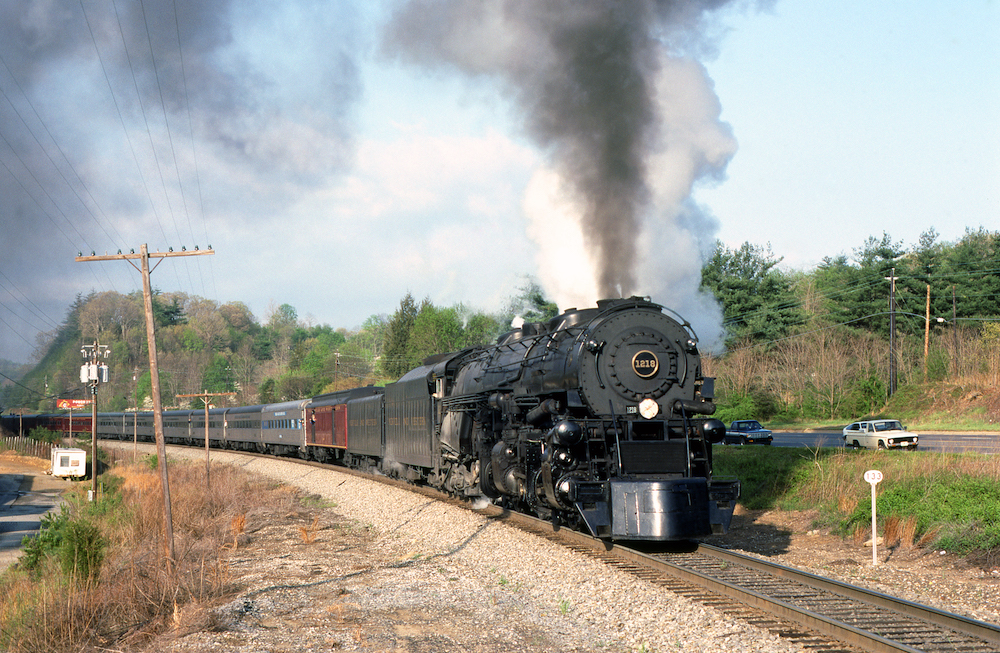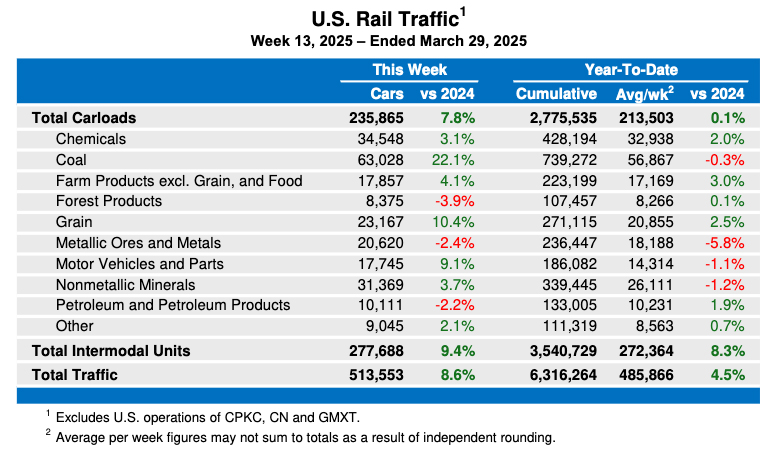This is our second look at K-Line’s F-unit diesels. Our first exposure to this model was the K-Line Collector’s Club F7 A-B-A special in the Chesapeake & Ohio road name reviewed back in November 1997. Frankly, we didn’t have enough straight track to test that six-motored beast, which clocked in at a record 252 scale mph!
But quite a bit has happened since then. K-Line has set its sight on the top spot in the toy train world. To get there the firm has refined its engineering and design processes, expanded its dealer network, and greatly enhanced the scope and quality of its product line.
This model is a dead ringer for a Phase I F7 (built between November 1948 and November 1951). It has unshrouded 36-inch cooling fans, vertical slit louvers, and a Far-Air horizontal grill along the sides.
The cab has interior illumination and two crew figures. The side cab doors open, but the rear door is cast into the body.
Each F unit’s cast-in detail is nice. There are also some terrific add-ons, including see-through screens on the top and sides, a see-through radiator housing with separate fan blades visible within, and side louvers that appear to be separate pieces. On the roof you’ll find lift rings (unfortunately, I snapped off a few turning one unit over), a radio antenna, and a steam generator exhaust.
The set also has removable rubber diaphragms for placement between units. This helps mask the distance between locomotives quite well.
Painting and decoration are first rate. Though many observers mistook the unit for black, it is indeed blue. Graphic extras are confined to the terminal of assignment (Argentine) and a simulated placard used by that wacky ACI (Automatic Car Identification) tracking system that American railroads experimented with in the 1970s.
The paint scheme is the so-called “blue bonnet” scheme, a rendition of the warbonnet scheme but with blue replacing red as the color on the nose. This paint scheme was not typical of Santa Fe freight cab units, but it is authentic.
The locomotives wearing the blue bonnet scheme were nos. 316-321, which were leased to Amtrak. When Amtrak returned them, these diesels were renumbered into the 325 class.
On the test track
Our test sample came equipped with four can-style motors (two in each A unit), coil couplers, and Lionel RailSounds and TrainMaster systems. The locomotives also feature directional lighting – the markers change color from red to green – and Mars-style headlights.
Getting this rig on the road took a bit more effort than usual. It has a wired tether running between the units. The male plug has easy-to-bend sharp prongs. The wires are pretty rigid, too, which made getting the units close enough to couple a challenge.
On the workshop test track, the paired A units ran roughly, especially at low speeds. The second unit emitted a pretty loud squeal.
We turned the A-A combo on its back and, hooking up alligator clips, discovered that one of the motors in the second A unit didn’t start moving at the same voltage level as the others.
Three of the motors began rolling the locomotive wheels at 6 volts, the errant motor didn’t kick in until 7 volts. When it did get going, it operated more slowly than the other motors.
We set aside the bad A unit, and performed our speed tests and most of the other tests with only the lead A unit on the track.
Our low-speed average in conventional-control mode was 15.1 scale mph, while the low-speed average in command-control mode was 6.9 scale mph. The high-end average was 120 scale mph. Drawbar pull for the A-A set was 3 pounds, but that includes the bum motor.
The RailSounds system was robust, and all command-control functions, including the coil couplers on the fronts of both A units, operated as expected.
This attractive locomotive set is clearly more refined than the F-unit set we tested six years ago. But a bad motor on one of our sample units, something we have never encountered before, curtailed our excitement.













